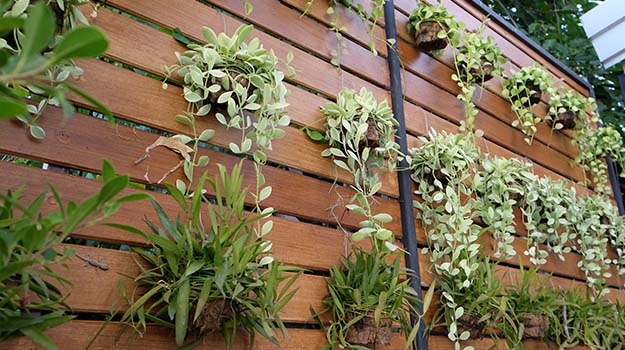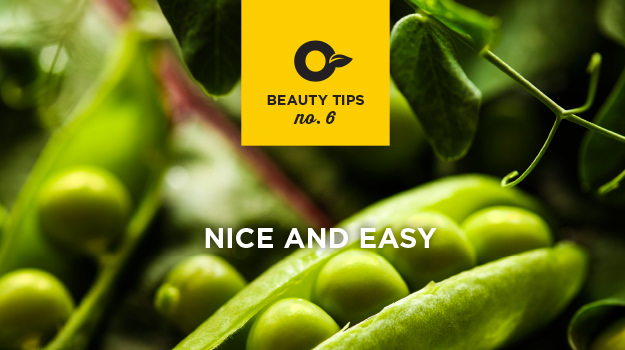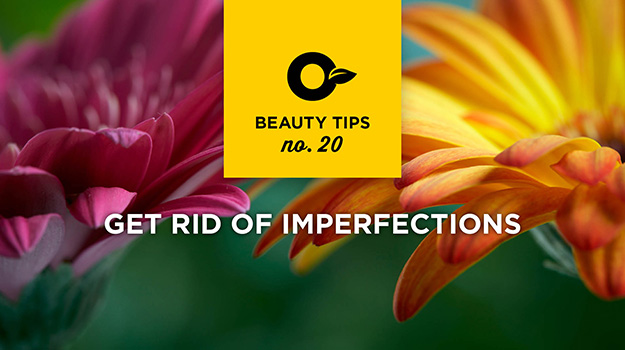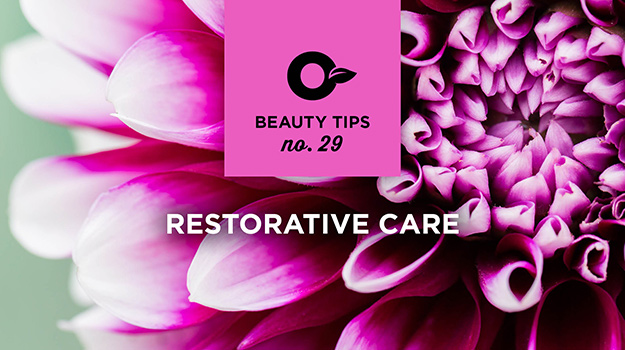
Growing plants vertically has a number of benefits. First and foremost, growing vertically maximizes space, allowing those with even the smallest gardens to produce more food with a more diverse group of crops.
Vertical planting also has the advantage of lessening the chances that crops are affected by disease or pests since the foliage and fruit is kept off of the ground. It is also easier to visually inspect the plants for disease or insect infestation when they are grown upright, enabling the gardener to quickly treat the plants.
Suitable for almost any plant
Vertical gardening is visually appealing. It adds dimension and height and provides shade for not only the gardener, but also for other plants. Plants can be grown vertically directly in the garden or in a container. Almost any type of vegetable can be grown vertically provided the container is deep enough and the vertical structure is strong enough to hold the weight of the plants.
Locate in an area suited to vertical gardening. It can be a space in the veggie garden that is near fencing or on the wall of a balcony. The area must have at least 6 hours of full sun.
What type of support to use?
Determine what type of support to use for the vertically growing plants. It can be the aforementioned existing fence, or trellises, tripods, pyramids, wire cages or walls.
The structure can be temporary, moveable, or permanent and stationary (such as the fence, wall or an arbor). Even living plants, such as sunflowers or corn, can act as trellising systems.
Sunlight
If you are going to grow plants vertically in the garden proper, situate the trellising system on the north or east side so it won’t block the sun on other plants. If you are going to attach a support system to a wall, be sure to leave a space between the wall and the trellis to allow for air circulation.
Avoid damaging the crops
Vertically growing plants can be very heavy, depending on the plants. Tomatoes get very heavy as they fruit, but peas are quite lightweight.
Be sure to set supports deeply into the ground and use sturdy wire or garden twine to attach the plants. Secure the support system before you plant to avoid damaging the crop.
What to plant?
Once the trellis has been installed securely, it’s time to decide what to plant. Choose crops that are suited for your USDA hardiness zone, and if growing beans or the like, be sure to select vining varieties not bush.
Any vegetable plant that has a vining habit is suitable for growing vertically, as are many smaller sized or slender veggies or fruit. Some that do well grown vertically include:
- Cucumbers
- Beans
- Peas
- Zucchini
- Miniature pumpkins and gourds
- Small squash
- Indeterminate tomatoes
Bigger fruit = extra support
Even large winter squash, like butternut, can be grown vertically. They will just need extra support for the fruit. Use cloth or old pantyhose wrapped around the fruit and tie to the vertical structure. Really, anything soft that you can make a sling out of – rags, towels, old sheets, etc. all make excellent slings for the growing fruit.
More advantages!
Vertical growing will not only save garden space, diversify crops, and reduce the incidence of disease and pests, but lessens the amount of maintenance needed in the garden. It also makes it easier and more efficient to water the plants by allowing the gardener to water directly at the roots.
Harvesting also becomes less of a chore; no more hunching over or crawling on your knees. Vertical trellising results in earlier crops because the plants are healthier and less prone to disease or insects and also because vertically grown plants are more evenly exposed to the sun, a boon for any gardener.



